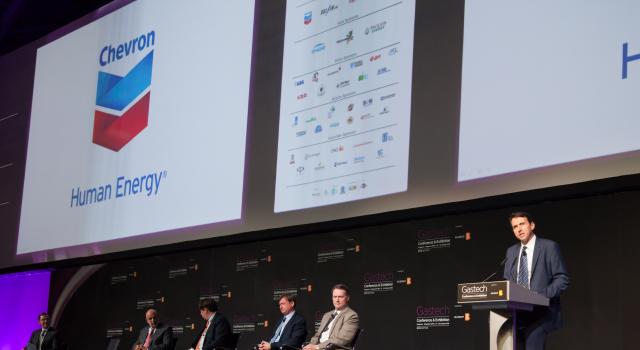Gastech 2017, taking place in April 2017, will bring together some of the most influential players in the gas and LNG industry to further explore emerging markets, the impact of this new regasification capacity on the global market and additional sectors within which the industry can expand into.
The total LNG trade reached 244.8 metric tons (MT) in 2015, up 4.7 MT from the previous year. This marks the largest year for LNG trade in the industry’s history, even though Japanese import prices fell drastically between January and December 2015. Despite this, the start of new projects contributed to the buoyancy of the sector and the industry has remained vibrant, continuing to grow. Currently Asia accounts for more than half of global LNG imports, with Japan, South Korea and China leading the way and accounting for just over half of the global market share.
A major development affecting the energy industry is the emergence of new regasification markets, with new regions emerging that are challenging the traditional markets of Asia, Europe and North America. As economic growth slows and competing fuel sources attempt to out-price the sector, LNG companies are waking up to the untapped potential in a number of emerging markets. According to a recent report by Wood Mackenzie, growth in demand across the sector will slow over the next 20 years, making it essential that companies adapt to market forces.
Orson Francescone, Vice President of DMG events global energy said:
“The Asian market has always led the way in terms of LNG imports, and will continue to do so to a certain extent. However, the shift in global development is leading to a rise in demand from countries that have previously been overlooked. It is essential that LNG companies are agile, to ensure that they are able to cater to the needs of new players.”
The number of importers of LNG is growing steadily with the emergence of Jordan, Pakistan, Poland and Egypt taking in LNG cargos. Malaysia, Singapore, Thailand and Pakistan have emerged as the newest players on the importing playing field. They currently account for a small share of the total Asian LNG imports, however, as a combined force, including the remainder of the newest markets, they have the potential to increase their import levels. A number of factors have played a significant role in the arrival of these countries including declining domestic production, the growth of industrial sectors and intensive economic growth. Another key contributor is the switch away from coal fired generation to address carbon emissions in the developed world, and local pollution issues in the developing world.
Also covered at the event will be the future of the energy sector, infrastructure, production and processing, and the delivery of energy projects. The Gastech conference will be attended by 200 speakers and 2,500 delegates, alongside a 600-company strong exhibition, and the participation of the industry super majors – the six largest non-state owned oil companies.




























































